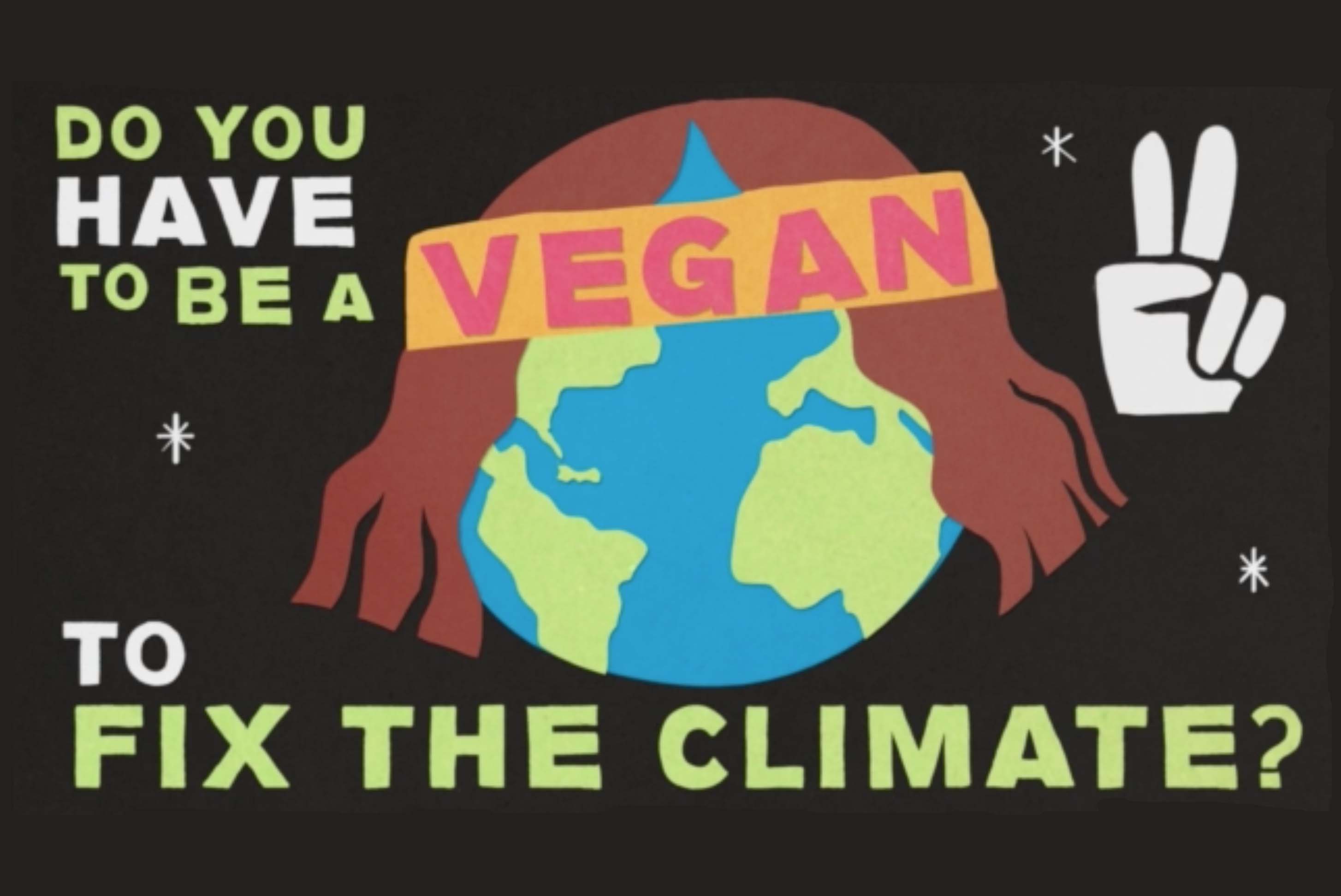Animation as a New Form of Journalism by Rachel Porter
At last year’s launch of the Knowledge Quarter, choreographers met surgeons, biochemists met poets, activists met archivists. Worlds of knowledge were colliding all over the place – it seemed the more disparate the worlds, the more fascinating the conversation that ensued. The infinite possibility for collaboration within the Knowledge Quarter’s borders was striking.
As a journalist with a background in door-knocking and deadline-hitting, I had only recently put my faith in the idea that good things happen when you dare to step into unfamiliar territory, and work with people who don’t think like you think. I work for Scriberia, a studio of illustrators, animators and visual-thinkers on the KQ’s northern edge – I’m the only journalist in the stable. But, underneath that, we are all storytellers.
Despite our different skills and different ways of thinking, we all believe in making information more accessible, more memorable, and more sharable. The landscape in which journalists operate has changed and continues to change so dramatically, that to cling to the belief that news – or indeed any other information, like academic research, or an annual report – should be presented in a certain way seems pointlessly blinkered.
A decade ago, I spent the first days of my journalistic career in the dying days of another age. I filed my first stories over the phone to copytakers; I did my research using actual cuttings from the newspaper’s meticulously organised cuttings library; and, if I needed to quote someone, I had to track them down, instead of hanging around on their twitter feed.
While there are few industries that haven’t been somehow changed by the advent of the internet, it’s hard to think of many that have faced as desperate a scrabble to adapt or die as the news media.
Production, product, distribution, medium, method, market, not to mention the mechanisms of power and influence – not one aspect of the business of news is the same today as it was at the turn of the millennium. Many of the old-school hacks I know (if they weren’t so busy trying to single-handedly fill tomorrow’s pages on a shoestring) would be quick to tell you how the internet has killed quality reporting, replacing it with vast quantities of poorly-researched, superficial content.
They’d say the Mail’s infamous ‘sidebar of shame’, and Trinity Mirror’s recent decision to set audience targets for its regional journalists, are the inevitable consequence of ‘old media’ powerhouses converting to the new religion of clickbait; that as paper sales nosedive, affordability of staff is valued over experience; and that finely honed editorial judgement means a whole lot less when you’ve got analytics at your fingertips.
Having left behind the newsrooms I more or less lived in as a reporter, I have a new vantage point. From here, I can see a media landscape full of possibilities for those committed to exploring them. The internet has more to offer journalism than listicles or the digital reproduction of a print product, and true pioneers of the medium know that.
Our recent series of animations for near neighbours, long-time collaborators and fellow KQ partners, The Guardian’s #KeepItInTheGround campaign is one example of the effective use of animation to deliver factual content to an online audience. Designed to sit comfortably in-stream, they packed a visual and factual punch in under 60 seconds, and proved hugely popular with the Guardian’s Facebook following in particular.
The Guardian has always pushed boundaries in its reporting and its embrace of animation as a form of journalism (from several studios and in several styles), reflects that. The Hunger Strikers, an unflinching commission by the Guardian’s sister paper, the Observer, in 2013 to share the deeply disturbing testimonies of five Guantanamo inmates, is one particularly noteable example.
But the Guardian is not alone in realising animation’s place in news. From Bloomberg’s infographic-style explainer on the European debt crisis, to the completely bonkers rendering of the Labour leadership election from Taiwanese news animators, NMA TV – animated news and factual content is gaining a foothold everywhere.
At the start of 2015, the BBC’s Future of News report talked of reinventing the news to engage younger audiences. It noted the need for journalists who could embrace new methods of storytelling; ones better suited to sit in-stream on Facebook, Twitter and Instagram. High among its list of recommendations was the increased use of animation, and it praised an animated sequence by the US cable channel Fusion, to illustrate the Michael Brown case in Ferguson, Missouri.
Of course, there’s nothing new in putting words with pictures. But trusting in visual communication to do the heavy lifting is a bold step, in the media and elsewhere, and an exciting one for us.
With the power of pictures, Scriberia enable organisations of all sorts, shapes and sizes to share ideas, tell stories, and engage new audiences.
For more information, visit www.scriberia.co.uk
A version of this post was originally published here


